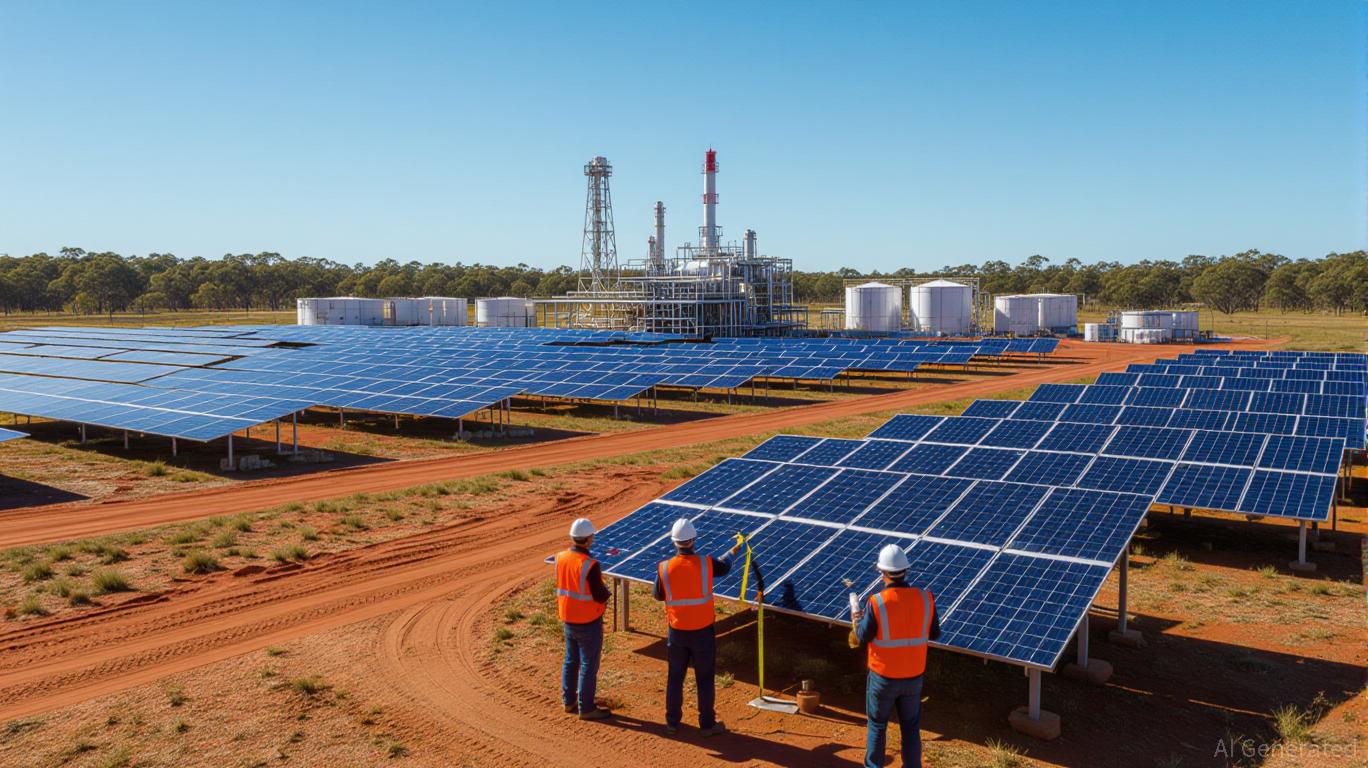
In an energy landscape marked by volatility, shifting policy priorities, and the uneven pace of the global transition to net zero, Santos’ partnership with Engie stands out as a case study in strategic adaptability. The Australian energy giant and the French multinational have inked a non-binding memorandum of understanding (MOU) to supply up to 20 petajoules (PJ) of natural gas annually from the Narrabri Gas Project to the Australian east coast domestic market. While critics may dismiss this as a temporary concession to gas demand, the collaboration’s true value lies in its dual focus on energy security and decarbonization—a rare alignment of short-term pragmatism with long-term sustainability.
The Dual Engine: Gas as a Bridge and Carbon Capture as a Lever
Santos’ Narrabri Gas Project, now approved by the NSW Independent Planning Commission after years of regulatory hurdles, is a cornerstone of its domestic gas strategy. By committing 100% of Narrabri’s output to the domestic market, Santos is addressing Australia’s acute east coast supply constraints while hedging against global LNG price swings. This move is particularly shrewd given the current state of the LNG market, where oversupply and idle carriers (60 vessels valued at $11.36 billion) have created a crisis of stranded assets.
Yet the partnership’s true innovation lies in its decarbonization component. Santos and Engie have pledged to explore carbon capture and storage (CCS) initiatives via the Moomba Phase 2 project, a third-party carbon management venture. This aligns with broader industry trends: the voluntary carbon market’s shift toward carbon dioxide removal (CDR) credits and the EU’s methane regulations, which are driving demand for cleaner gas. For Santos, this means reducing the carbon intensity of its gas supply—a critical step in maintaining relevance as renewable energy gains ground.
Navigating the Slowdown: LNG’s Role in a Stabilizing Transition
The energy transition is no longer a linear race; it is a mosaic of regional priorities, policy reversals, and technological bottlenecks. In 2025, global LNG demand growth is projected to slow to 1.3%, a stark contrast to the 2.8% seen in 2024. This slowdown is driven by China’s declining gas demand, Europe’s reliance on gas for grid stability during renewable intermittency, and North America’s weather-dependent consumption patterns.
Santos’ LNG strategy, however, is built for resilience. Its mid-term contract with QatarEnergy Trading, supplying 0.5 million tonnes of LNG annually starting in 2026, complements its domestic focus. This diversification is key: while the Asia-Pacific region’s LNG imports have dipped, countries like India and Bangladesh are expanding infrastructure to reduce coal dependency. Santos’ oil-indexed contracts and 90% portfolio utilization provide a buffer against the sector’s volatility.
The Investment Case: Integrated Partnerships as a Hedge Against Uncertainty
For investors, the Santos-Engie partnership offers a blueprint for navigating the energy transition’s uncertainties. Engie’s expertise in renewables and storage (42.4 GW of global capacity, with a 2030 target of 80 GW) balances Santos’ fossil fuel assets, creating a hybrid model that addresses both current demand and future regulatory pressures. Engie’s financial discipline—€3.7 billion EBIT in Q1 2025 and a net debt/EBITDA ratio of 3.0x—further strengthens the partnership’s credibility.
The Moomba Phase 2 CCS project is particularly compelling. With global CO₂ removal markets expected to grow 40% annually, Santos’ early commitment to third-party carbon management positions it to monetize emissions reductions—a critical edge as carbon pricing regimes expand. Meanwhile, Engie’s investments in biomethane and battery storage ($3 billion allocated) ensure the partnership’s flexibility in a world where energy sources are increasingly modular.
Risks and Realities
No partnership is immune to risk. The Narrabri project’s final investment decision hinges on regulatory and market conditions, and the LNG market’s oversupply could depress margins. Additionally, the energy transition’s acceleration—driven by breakthroughs in green hydrogen and long-duration storage—could erode gas’s transitional role. However, Santos’ emphasis on strict environmental safeguards and its alignment with Australia’s Future Gas Strategy mitigate these risks.
Conclusion: A Model for the Transition Era
Santos and Engie’s collaboration is a masterclass in strategic energy partnership. By pairing gas’s reliability with decarbonization’s promise, they are addressing the paradox of the energy transition: how to meet today’s energy needs while building tomorrow’s sustainable infrastructure. For investors, this means backing companies that can pivot between sectors and technologies without sacrificing long-term value. In a world where the energy transition is both inevitable and unpredictable, integrated partnerships like these will define the next decade of energy markets.
